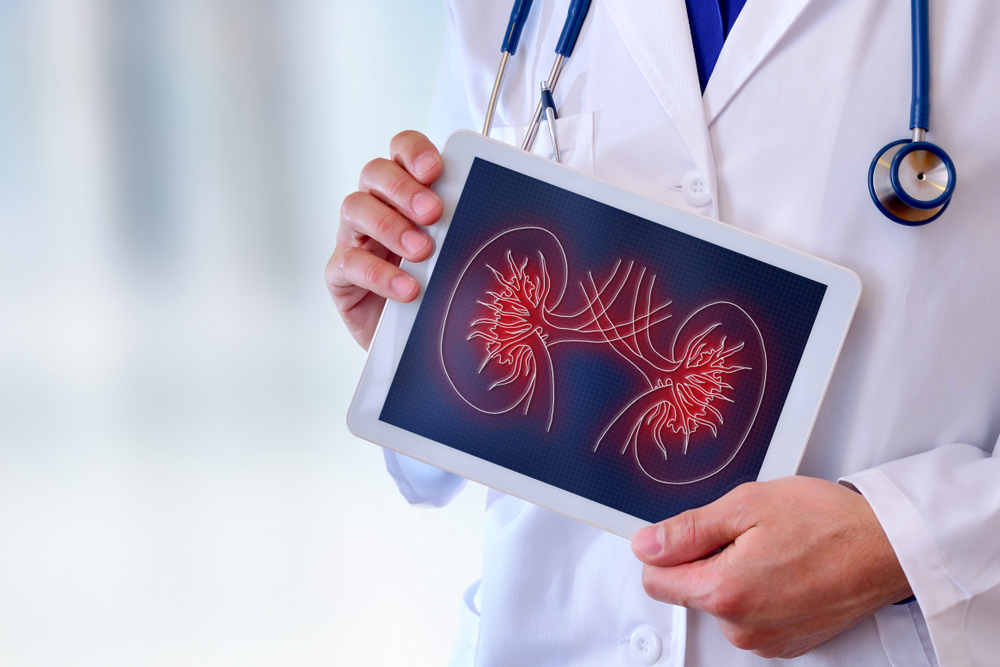Chronic kidney disease (CKD), also known as chronic kidney failure, is a multi-stage chronic disease that affects approximately 37 million Americans—more than 10% of the population. Of these, approximately 786,000 patients have end-stage renal disease (ESRD), which is the stage of CKD with the highest severity. What’s worse is that two in five adults with severe CKD may not know they even have it.
Despite ESRD only making up roughly 1% of the Medicare beneficiary population, treatment for the condition alone accounts for about 7% of total Medicare spend each year. Managing chronic kidney disease is known to be costly, especially in patients who are in the end stage of renal failure. Health systems and providers that fail to use the proper Medicare benchmarks can lose a great deal of money in caring for these patients.
This week on the Beacon, we are going to provide a background of CKD and ESRD, discuss the Centers for Medicare & Medicaid Services’ (CMS) KCC (Kidney Care Choices) Model, and outline the ways technology and population health strategies can help providers reduce unnecessary spend by properly diagnosing, reclassifying, and treating patients who may be ESRD suspects.
CKD Is a Common Chronic Disease That Often Goes Undetected
Even though 15% of the total U.S. population suffers from CKD, many cases go undetected, creating gaps in care that ultimately cause chronic conditions to progress and worsen over time. One of the ways we can reduce gaps in care is by identifying the condition in its earliest phases and intervene with preventive care. To accomplish this, it is important to understand the staging criteria for CKD.
Chronic kidney disease severity is gauged by the patients’ estimated glomerular filtration rate (eGFR), which measures the filtration rates of the functioning nephrons in the kidneys.
The five stages of CKD are characterized as:
- Stage 1: Patients will have possible kidney damage with an eGFR of 90 or higher
- Stage 2: Mild loss of kidney function with eGFR between 60 – 89 mL/min
- Stage 3a & 3b: Mild to severe loss of kidney function with eGFR between 30 – 59 mL/min
- Stage 4: Severe loss of kidney function with eGFR between 15 – 29 mL/min
- Stage 5: End stage CKD (or ESRD) with eGFR under 15 mL/min
KCC Model Optimizes Care and Treatment for Patients with ESRD
Kidney care is notorious in the healthcare industry for its costliness and quick progression. Since CKD is a degenerative disease that rapidly worsens over time, overspending and improperly managing or treating the condition is a common issue that can be caused by incorrectly classifying ESRD suspects and beginning dialysis treatment too early, among others.
To address these concerns, the KCC Model was created to help healthcare providers properly vet and manage patients with late-stage chronic kidney disease and ESRD. By regulating ESRD and late-stage CKD treatment, the desired outcomes of the KCC model can be summarized as:
- To reduce healthcare costs
- To prioritize accurate ESRD classification
- To improve care coordination
- To incentivize providers to keep patients healthy
Another huge focus of the KCC model is to increase the number of kidney transplants performed per year, which is accomplished by putting an emphasis on transplantation surgery over dialysis. The idea behind this shift in focus is to both extend patients’ life expectancy and save in Medicare spend over time.
Prioritizing kidney transplant surgery encourages providers to introduce dialysis later in the ESRD treatment timeline, giving some patients the opportunity to potentially improve their condition through a transplant rather than resorting to continual life-sustaining treatments. Additionally, according to the United States Renal Data System, yearly spending for transplant patient care runs at roughly $3.4 billion, while dialysis runs at about $28 billion annually.
Currently, it is reported that 70% of ESRD patients receive regular dialysis .
Technology Makes Identifying and Treating ESRD More Effective
There are many facets when it comes to managing ESRD and late-stage CKD patient populations. With the digitalization of medical records soaring since the late 2000s, technology has since played a critical role in population health management by tracking the symptoms, treatments, and health history of patients across the board.
As technology continues to revolutionize and optimize the way people perform tasks and go about their lives, it can also be leveraged to improve the identification and treatment of ESRD in larger patient populations.
Technology, especially a population health management platform, helps providers succeed under the KCC model by:
- Predicting patient risk for late-stage CKD and ESRD
- Quickly determining gaps in care and working efficiently to close them
- Building care provider cohorts specially tailored to specific patient populations
- Enabling accurate identification and reclassification of ESRD patients to ensure accurate benchmarks
- Automatically assigning outreach and ongoing management to patients
- Guiding care to minimize risks, improve utilization, and enhance quality of life
To help providers, health systems, and medical groups see great results with CMS’s KCC program and to make a positive change in thousands of lives, Lightbeam Health Solutions provides a suite of tools and services that allow you to take a prescriptive approach to patient data.
You can learn more about how Lightbeam has helped providers and payers improve patient outcomes and generate medical care savings by reading our latest patient impact story.

By Jennifer Newell, MBA, MSN, RN
Sr. Clinical Transformation Advisor
